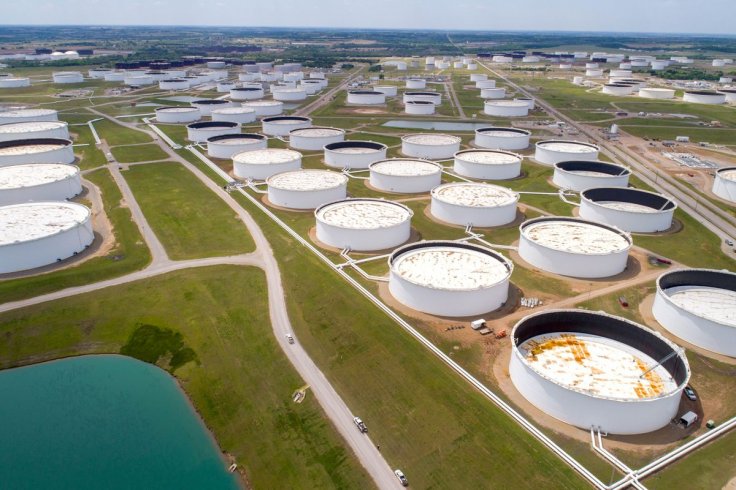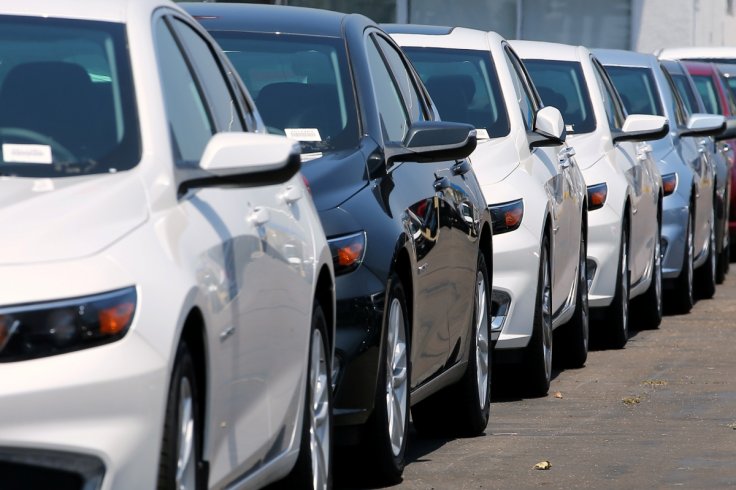With US gasoline prices hovering near record $5 per gallon nationwide, analysts have said demand destruction has already set in.
"One could argue that demand destruction for gasoline has already started ... Since the start of March, U.S. gasoline consumption is 6% lower than the corresponding period in 2019," Peter McNally, analyst at Third Bridge, told Yahoo Finance.
Ukraine War
Since the start of the Ukraine war, the US gasoline prices have been spiking. However, the price spiral had set in even earlier, and analysts have pointed out that prices have nearly doubled from the day President Joe Biden took office. According to the Washington Times, the average price of a gallon of gasoline was $2.40 on Jan. 20, 2021, the day when Biden took office.

A week into the Ukraine war, the US national average gas price was hovering around the sensitive $4 mark. The price topped $4 a gallon on March 6, which was the first time in more than ten years the price was hitting that level.
What is Demand Destruction?
Demand destruction is a scenario when consistent high prices of a commodity effectively kills the demand for it.
"Demand destruction occurs when a period of high prices or restricted supply causes consumers to permanently change their behavior. This results in a reduction of demand for a good even after the supply of the good goes up and/or its price goes down. This phenomenon is most often associated with the demand and prices related to energy commodities such as crude oil or gasoline," says Investopedia.
What Happens Later?

Though demand destruction in commodities is an abrupt or sentimental reaction to persistently high price scenario, the result can linger far longer afterward. This has been accurately observed in commodities like fuel, wherein consumers tend to switch to more economically viable option over the long term.
For example, even though producers ramp up production or lower the prices, the dip in demand could stay that way for a longer period. "Oil producers, responding to higher prices, may ramp up production, increasing the supply of oil and reducing its price over time. However, because of the durable shift to more efficient or electric vehicles, the overall demand for gasoline has been permanently destroyed even during periods of lower prices," explains Investopedia.
Pain at the Pump
Economists have long debated over the price threshold of crude oil that triggers demand destruction but there has been no consensus. The threshold has been set around $100 by some analysts but it looks like demand swings back after a period, nullifying the projections. However, the elevated levels of pump prices in the US is a comparatively new scenario. If prices breach $5 per gallon and stays in that region for long, the blow to long-term demand will be huge.
"If we broach $125/b on crude oil, and stay there for a while, consumers will change their behavior," Stewart Glickman, senior energy equity analyst at CFRA Research told Yahoo Finance.

While West Texas Intermediate crude futures traded above $122 per barrel on Wednesday, Brent prices were above $123 per barrel.
According to the Department of Transportation, Americans are coughing up significantly higher amounts of money on commuting. The data on the average drive patterns of the Americans shows that people are projected to spend about $3,060 per year at the current prices, whereas they would have spent only about $1,540 per year at the prices at the beginning of 2021.








